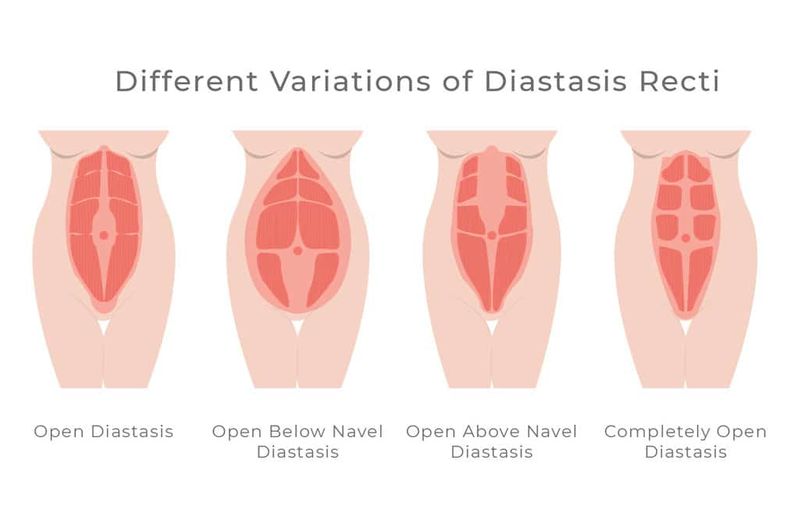If you're a mama, chances are you've at least heard of, if not experienced, DR or DRA.
Diastasis Recti (DR/DRA) is a common condition referring to the separation of the rectus abdominis or your “6-pack” abs. In pregnancy (or in any internal abdominal swelling) the rectus abdominis stretches to its capacity and the muscle will open along the linea alba, stretching itself past the point of proper function.
Sounds complex, right? Well, the truth is... it is! No two cases of Diastasis Recti are the same, but the good news is that it's not all that uncommon and that healing is possible! In fact, this separation is completely normal in pregnancy and is found in 98% of pregnancies carried to term. We find that 60% of women have some level of DRA at 6 weeks postpartum and that 30% have a level of DRA at one year postpartum.
Diastasis Recti can (and likely will) look different for each person. The division can occur anywhere along the linea alba and can be wide, narrow, deep, or seemingly small. In some, you can visibly see the division of the muscle. Some look like swelling or abdominal protrusion. Some are hard to see, but something feels “off” internally. DRA does not consistently happen in the same place. There are 4 different places a separation can occur, creating 4 different styles of DRA.



